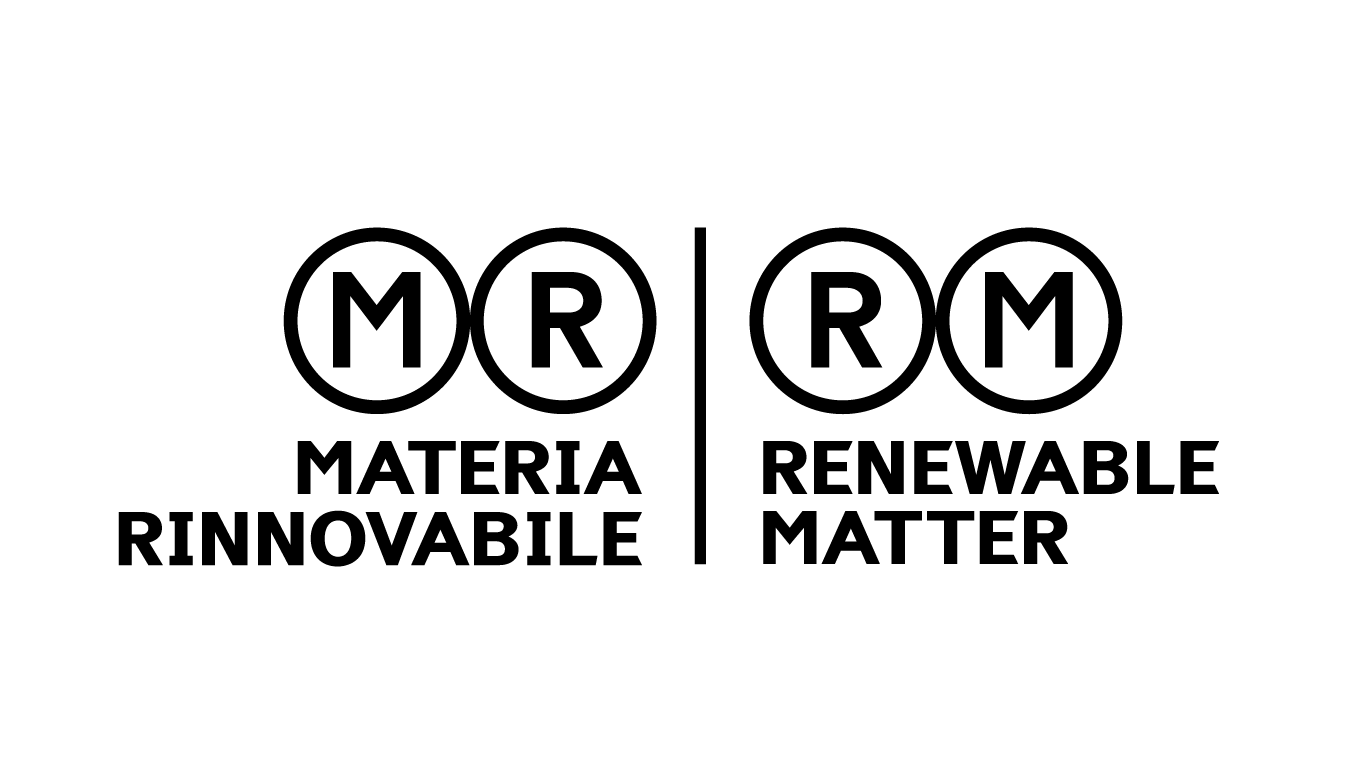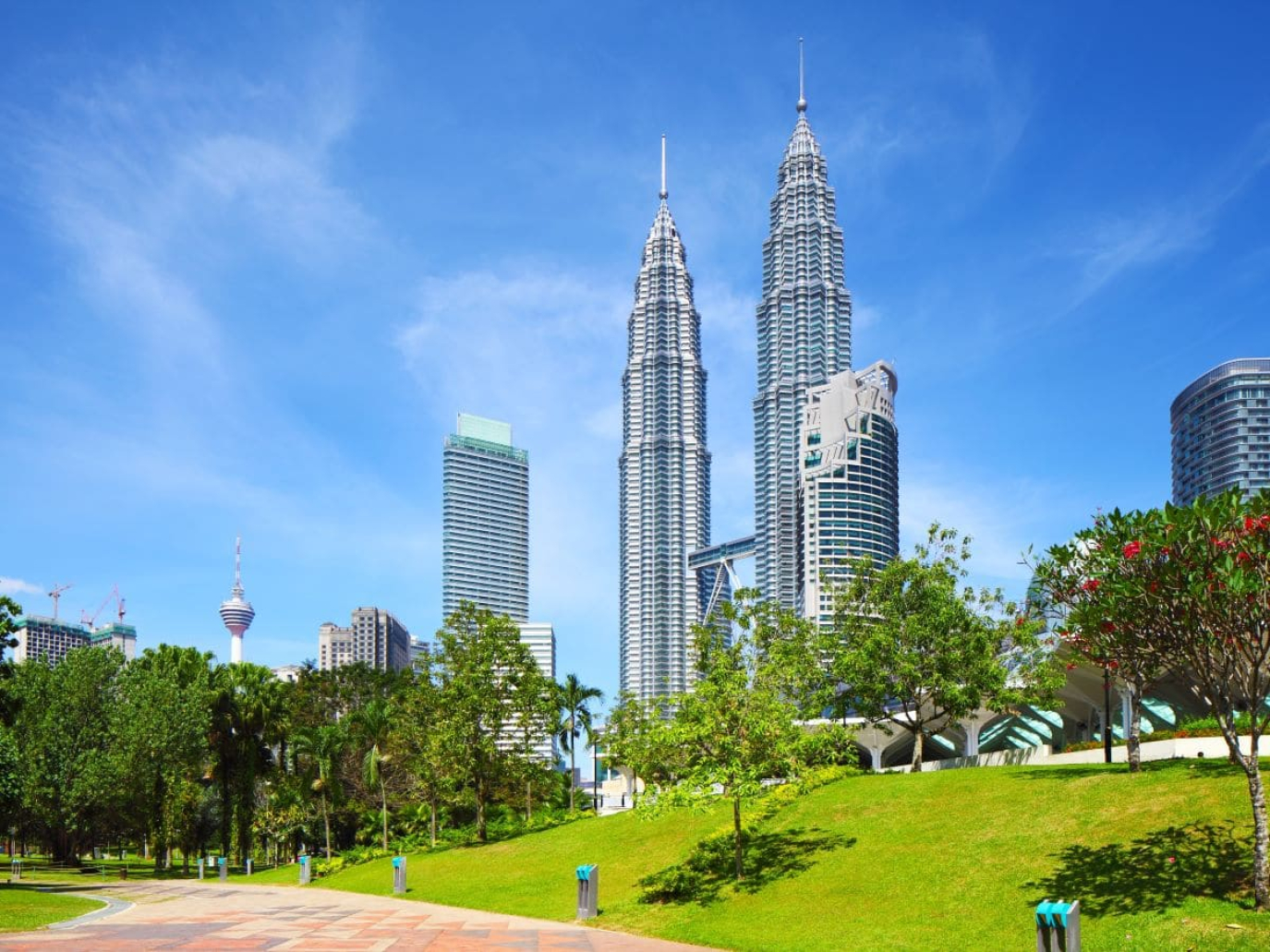
As Malaysia charts its course towards an ambitious net-zero emissions target by 2050, the nation's buildings have been thrust into the spotlight. Accounting for over half of the country's electricity consumption, the built environment is a critical frontier in the battle against climate change. The concept of the net-zero energy building – a structure that produces as much renewable energy as it consumes annually – has emerged as a key solution. An examination of the current landscape reveals a tale of two realities: one of world-class, pioneering projects that prove the concept is viable, and another of significant, systemic hurdles that are preventing its widespread adoption. The condition of net-zero buildings in Malaysia today is one of promising potential, demonstrated by a few shining examples, but constrained by challenges that keep it on the industry's fringe rather than in its mainstream.
For more than a decade, a handful of forward-thinking projects have served as living laboratories, proving that ultra-low and even net-zero energy performance is achievable in Malaysia's hot and humid climate. The Green Energy Office (GEO) Building in Bangi, completed in 2007, was a true pioneer, achieving a remarkable Building Energy Index (BEI) of just 35 kWh/m²/year with its solar systems active – a staggering 85% energy reduction compared to a typical office. Following this, the Suruhanjaya Tenaga (Energy Commission) Diamond Building in Putrajaya scaled these principles into an iconic government headquarters, using a unique, self-shading tilted facade and innovative radiant cooling to achieve an actual BEI of 65 kWh/m²/year, a 70% reduction from the Malaysian average. Representing the next wave of innovation is the Universiti Kuala Lumpur (UniKL) Sustainable Energy Living Lab, which is poised to become Malaysia's first official net-zero energy academic building, designed to produce more electricity than it consumes while also serving as a training ground for renewable energy experts.
Despite the proven success of these landmarks, they remain the exception rather than the rule. The broader construction industry has been slow to adopt net-zero principles, held back by a trio of interconnected challenges. The high initial upfront cost for green technologies and materials is the single greatest deterrent for developers and investors, who are often focused on short-term returns. This is compounded by a critical skills gap; the design, installation, and maintenance of sophisticated systems in green buildings require specialized knowledge that is in short supply, which can lead to costly errors and project delays. And finally, there is a persistent lack of deep understanding among the public and industry leaders about the long-term benefits of net-zero buildings, from lower operational costs to improved occupant health, leading to weak market demand.
In spite of this, the Malaysian government and industry bodies have established a supportive ecosystem to drive the market forward. The National Energy Transition Roadmap (NETR) provides a clear, high-level policy direction, while the Green Building Index (GBI), established in 2009, serves as the nation's recognized green rating tool. To tackle the cost barrier, the government offers the Green Investment Tax Allowance (GITA), which allows owners of GBI-certified commercial buildings to claim a 100% tax allowance on the additional capital expenditure incurred to achieve that certification.
The current condition of net-zero buildings in Malaysia is one of a nascent industry with immense potential. The nation possesses technical know-how, as proven by its landmark green buildings, and a supportive policy framework. However, the path to making these structures the norm is blocked by fundamental challenges of cost, a shortage of skilled labor, and a persistent awareness gap. For Malaysia to meet its 2050 climate goals, it must bridge the divide between its pioneering architectural achievements and the everyday practices of its construction sector. The task ahead is to transform net-zero from an inspiring concept into a widespread, accessible, and financially compelling reality.
Also read: Advancing Malaysia’s Green Growth through Circular Economy
Cover: Envato image




